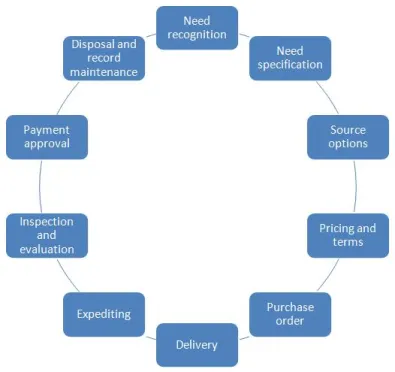Best Practices for Handling Employee Exits with Dignity
- donnariekepro
- Jun 25, 2024
- 3 min read
In any organization, employee exits are inevitable. Whether due to retirement, career change, or termination, handling these exits with dignity is crucial. It impacts not only the departing employee but also the remaining team and the company’s reputation. This blog will outline best practices for managing employee exits gracefully, ensuring a positive experience for all parties involved.
1. Communicate Clearly and Compassionately
The foundation of a dignified exit process is clear and compassionate communication. When informing an employee about their exit, it is essential to be honest and transparent about the reasons. Whether it's due to performance issues, organizational restructuring, or voluntary departure, the message should be delivered with empathy and respect.
Tips:
Schedule a private meeting to discuss the exit.
Use clear, concise language to explain the reasons.
Allow the employee to ask questions and express their feelings.
2. Provide Support During the Transition
Offering support during the transition period can significantly ease the employee's exit process. This can include career counseling, resume writing assistance, and job placement services. Providing support demonstrates that the organization values the employee and is invested in their future success.
Tips:
Partner with outplacement services to assist the departing employee.
Offer counseling services to help them cope with the transition.
Provide access to training programs to enhance their employability.
3. Ensure a Smooth Handover
A well-organized handover process is crucial to maintain continuity in business operations. The departing employee should be given adequate time to transfer their knowledge and responsibilities to their successor or team members. This ensures that the organization continues to function smoothly without disruption.
Tips:
Develop a detailed handover plan outlining key tasks and responsibilities.
Schedule handover meetings with the departing employee and their successor.
Document all critical processes and ensure that relevant files are accessible.
4. Conduct an Exit Interview
Exit interviews are valuable tools for gaining insights into the employee experience and identifying areas for improvement within the organization. These interviews should be conducted in a non-confrontational manner, encouraging honest feedback. The information gathered can be used to enhance employee retention and workplace culture.
Tips:
Conduct the exit interview with a neutral third party, such as an HR representative.
Prepare open-ended questions to encourage detailed responses.
Assure the employee that their feedback will be kept confidential and used constructively.
5. Acknowledge Contributions and Express Gratitude
Recognizing the departing employee's contributions and expressing gratitude can leave a lasting positive impression. This acknowledgment reinforces that the organization values its employees and appreciates their efforts. A simple thank-you note or a small farewell gesture can go a long way in maintaining a positive relationship.
Tips:
Write a personalized thank-you note highlighting the employee's achievements.
Organize a small farewell event to celebrate their time with the company.
Offer a reference or recommendation letter to support their future endeavors.
6. Maintain Professionalism and Confidentiality
Maintaining professionalism and confidentiality throughout the exit process is essential. Avoid discussing the details of the employee's departure with others in the organization, except on a need-to-know basis. This approach not only protects the departing employee's privacy but also upholds the organization's integrity.
Tips:
Keep discussions about the exit process limited to relevant parties.
Avoid sharing sensitive information about the departure with the broader team.
Handle all documentation related to the exit with care and confidentiality.
7. Reflect and Improve
After an employee exits, take the time to reflect on the process and identify areas for improvement. Gathering feedback from the departing employee and those involved in the exit process can provide valuable insights. Continuously refining the exit process ensures that future departures are handled even more smoothly and with greater dignity.
Tips:
Review the exit process with HR and management to identify improvement opportunities.
Use feedback from exit interviews to make necessary changes.
Implement best practices and update exit procedures regularly.
Conclusion
Handling employee exits with dignity is crucial for maintaining a positive organizational culture and reputation. By following these best practices—communicating clearly and compassionately, providing support, ensuring a smooth handover, conducting exit interviews, acknowledging contributions, maintaining professionalism and confidentiality, and continuously reflecting and improving—organizations can manage employee exits gracefully. This approach benefits not only the departing employee but also the remaining team and the overall health of the organization.
Implementing these strategies will help create a respectful and supportive environment, ensuring that all employees feel valued and respected, even as they move on to new opportunities. SITES WE SUPPORT
SOCIAL LINKS




Comments